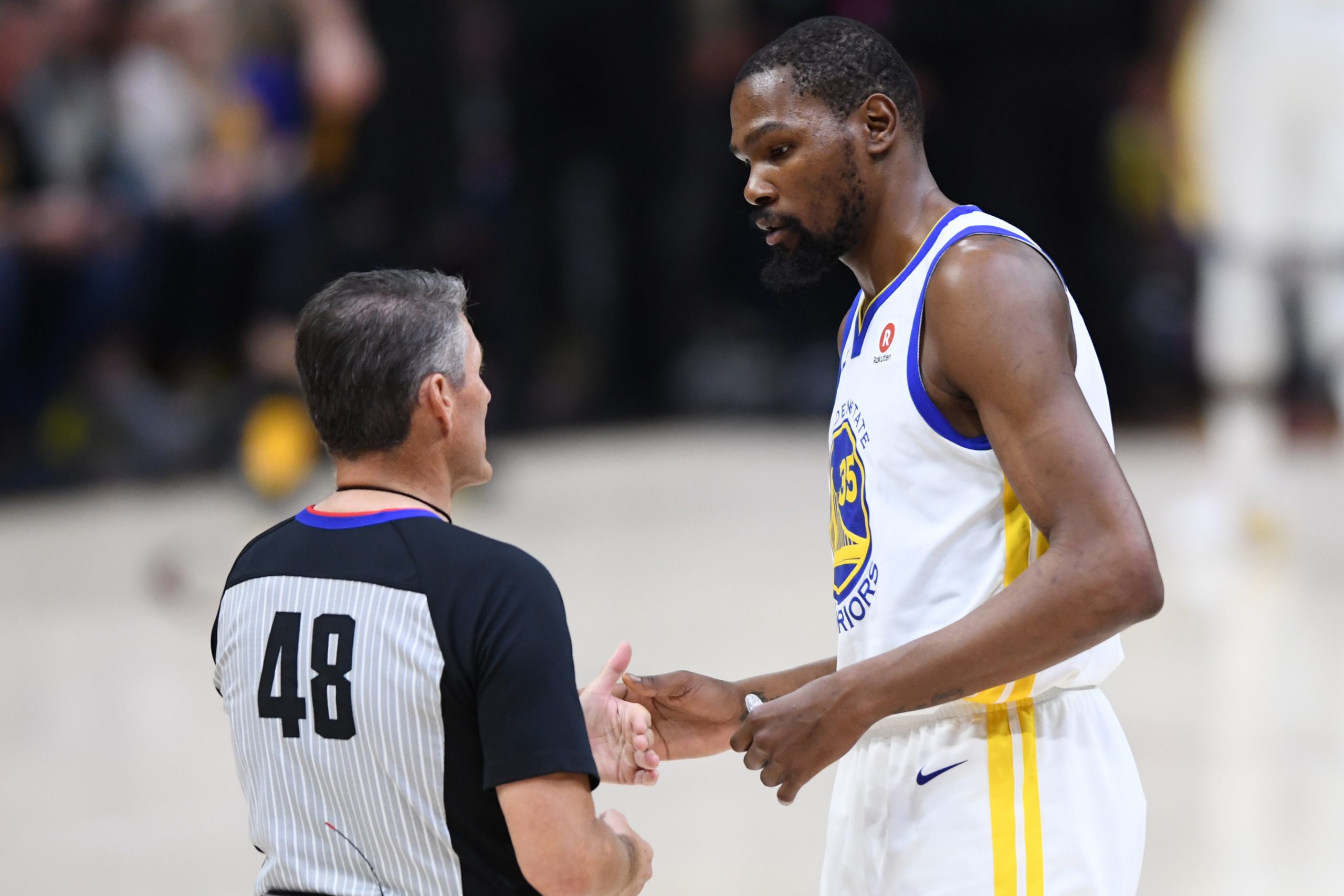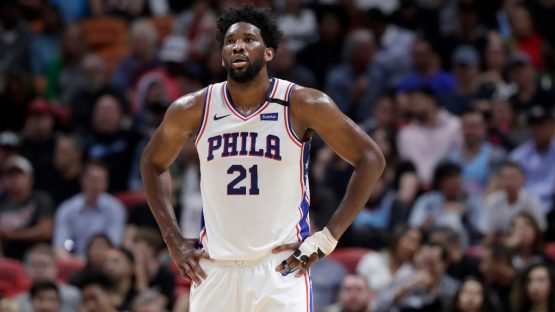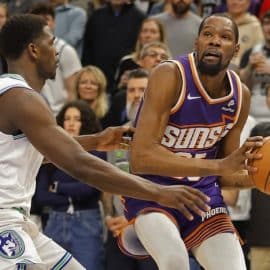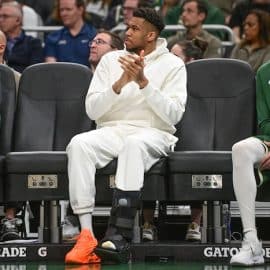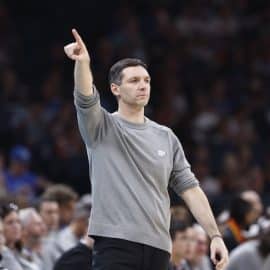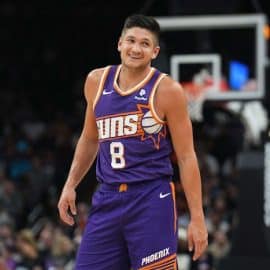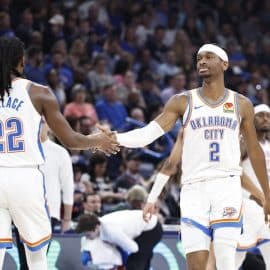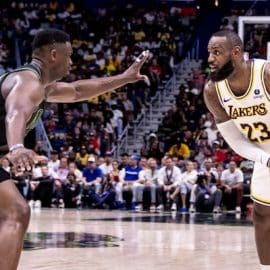The NBA regular season is right around the corner and that means the officials are discussing their points of emphasis heading into the 2018-19 season. Among the biggest changes are a 14-second shot clock following an offensive rebound on a shot that hits the rim, more reviewable hostile acts, and simplification of what is a clear path foul. Additionally, freedom of movement will be stressed as the referees do not want players on either end to get constantly grabbed as was the case for much of last season.
An in-depth breakdown of these rule changes are presented here by NBA Vice President, Head of Referee Development & Training Monty McCutchen, a former NBA referee. An abridged version is below.
2018-19 Points of Education (POE) Video: VP, Head of Referee Development & Training Monty McCutchen highlights game rules for 2018-19: Here is Monty on Traveling & Respect for the Game. For entire POE video, visit https://t.co/cuOspJGQdY pic.twitter.com/9v0H6F127z
— NBA Official (@NBAOfficial) September 28, 2018
Before the Washington Wizards last preseason game on Friday, 25-year NBA official (and Montgomery County, MD native) Scott Foster went over these points of emphasis. Here is a summary of the takeaways.
- If the offense gets a quick shot off and the shot clock is ahead of 14-seconds (i.e. 18 seconds) when they get the rebound, the offensive team obviously gets the full remaining shot clock should they get an offensive rebound.
- The hope is that the clear path rule change will result in fewer length reviews and stops in play. “Any time a player is fouled in a transition, scoring attempt and the foul is taken without a player in front of them, it is two shots and the ball,” per Foster. A key check to see if a clean-path foul is warranted is if the player was “deprived the opportunity to score.”
- The general thought by non-referees is that there is different officiating between the pre, regular, and post-season. In the preseason opener, the Wizards and Knicks combined for a whopping 83 fouls. Foster thinks the so-called difference is not with the officials, but with players becoming better adjusted with the rule changes as the season progresses.
- “It is automatic,” Foster said about a foul call coming if a defender grabs an offensive player that limits his movement. “Monty [McCutchen] has said it’s going to be automatic every night of the game. I got to be honest with you, I’m waiting on the two minutes to go ‘foul, I told you.'” It will take some adjusting to for players defending the likes of Klay Thompson and other sharpshooters, but Foster was adamant that it will be consistently called all season, which could be lots of whistles early in the season.
- Much was made of player and official relationships last season for good reason. The referees are expected to entertain a conversation with a player for as long as needed given the player is being professional. Should a player be continuously complaining, “the crew chief is to go to the coach of that team and say, ‘this is your continual complaining warning.'” The next instance of complaining can warrant a technical foul.
- Although it is different in the high school and AAU levels, in the NBA you get a step during the gather, which the officials call the “zero step”, and then two additional steps. That is what makes the James Harden behind the back non-dribble legal as well as how Giannis can go from the top of the key to the rim without dribbling.
- On an inbounds play, the defender can be assessed a delay of game infraction if he crosses the imaginary plane that is created to give the inbounder space or makes contact with the ball. In the last two minutes or overtime, that is an automatic technical free throw and in the first 46 minutes it is just a regular delay of game and if it is the second against the team it will result in a free throw.
Add The Sports Daily to your Google News Feed!
